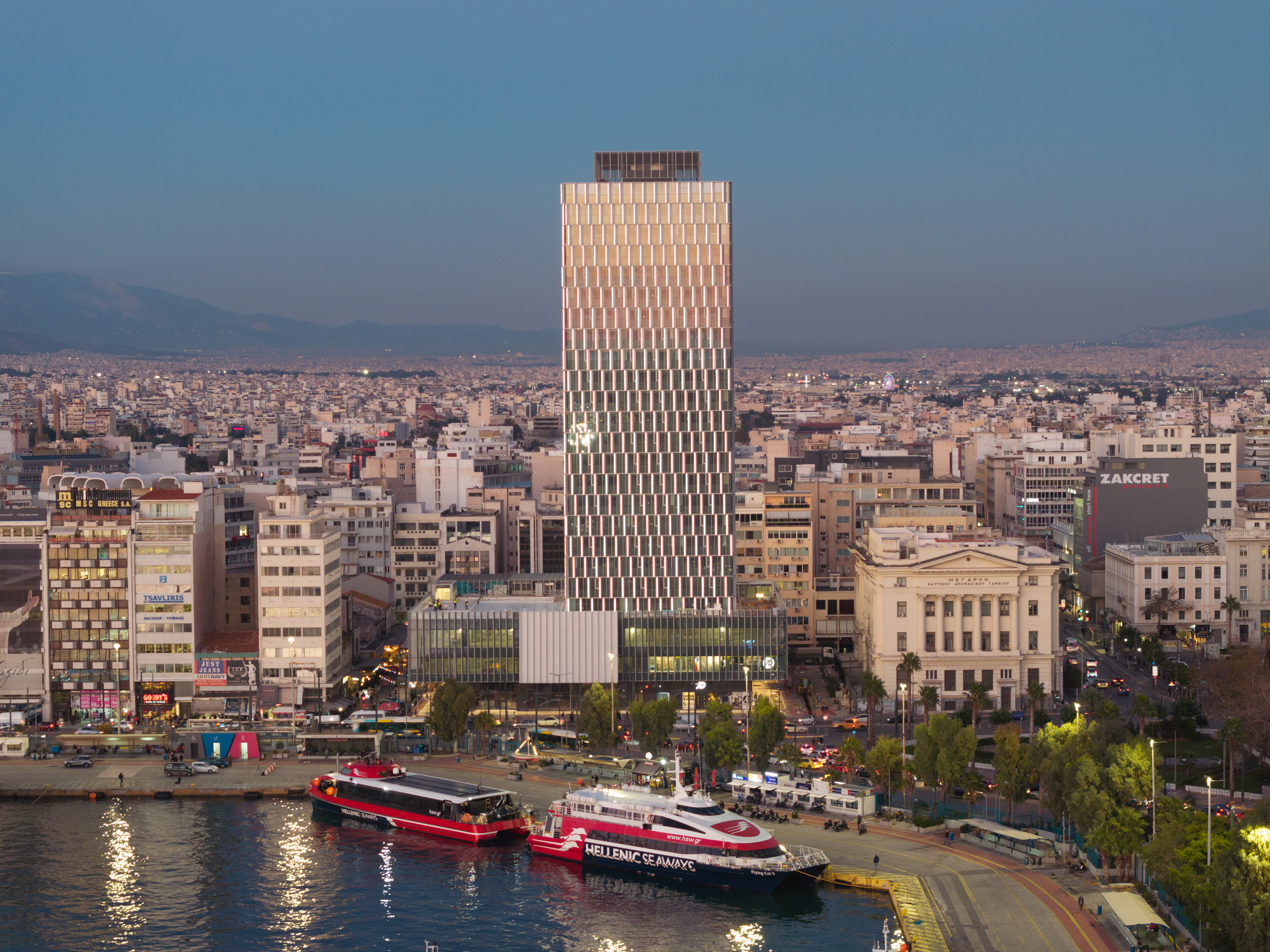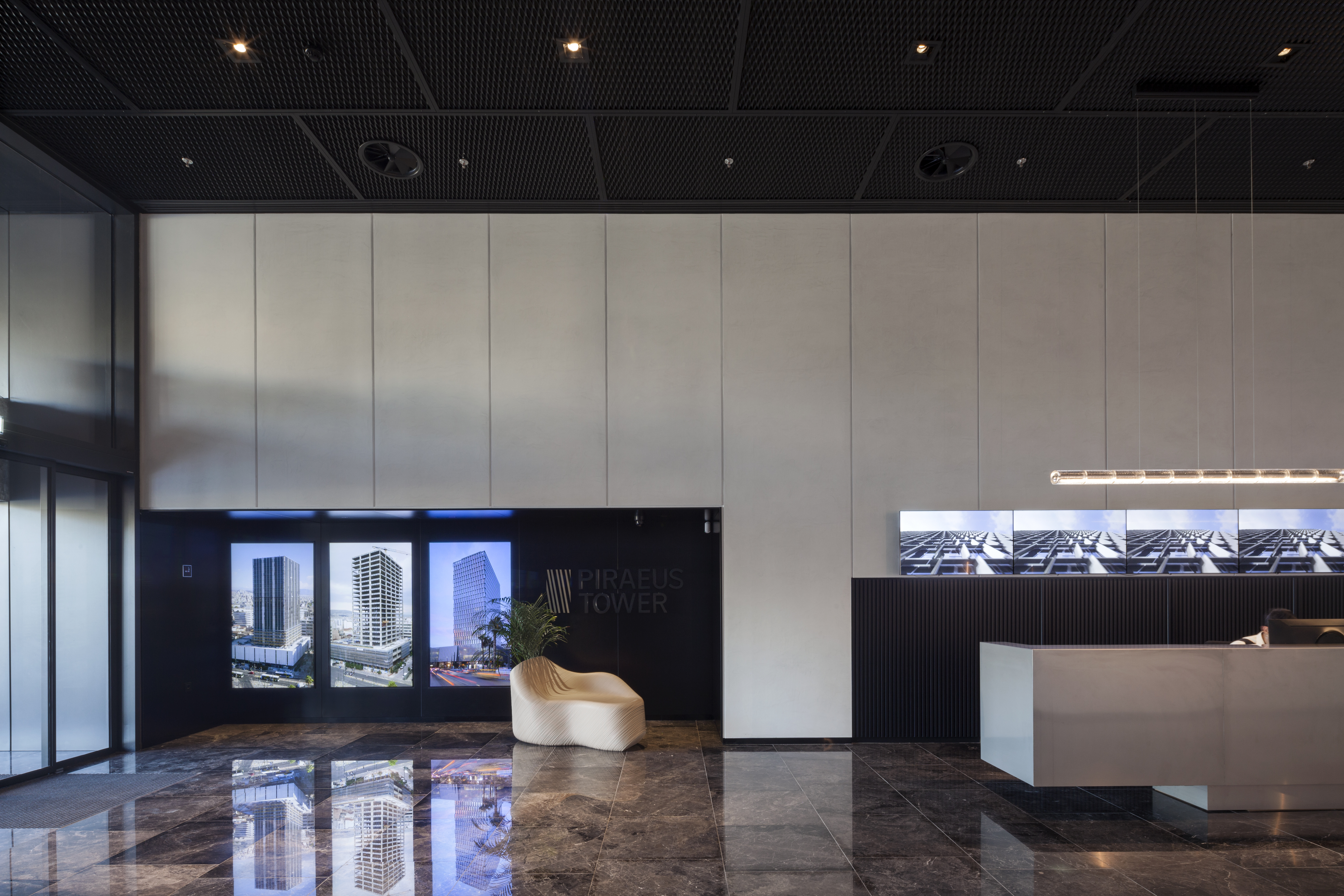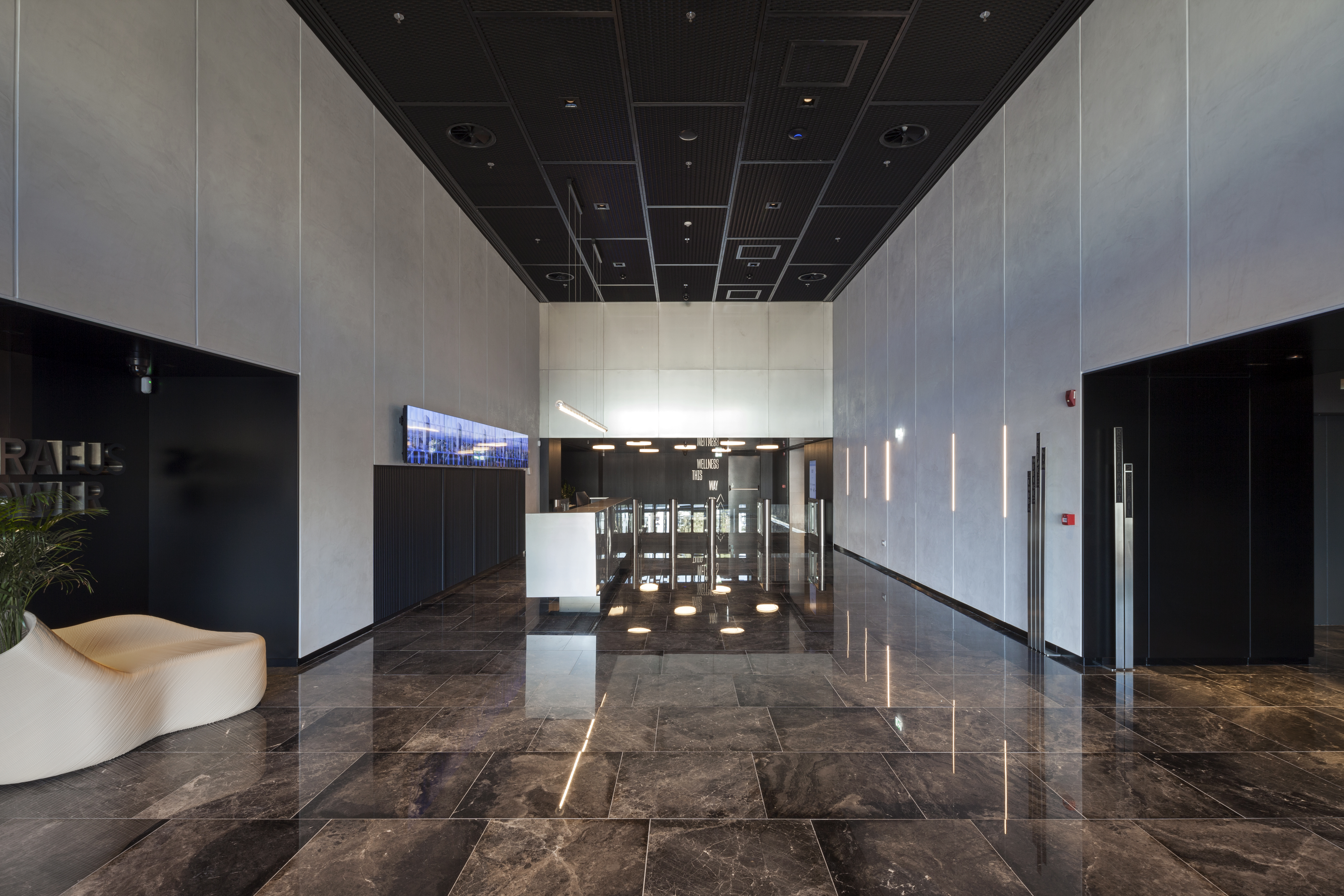
When we last visited Piraeus Tower on the Greek capital's coast in 2022 for our trip to explore the thriving Athens architecture and culture scene, the 1972 port icon was in the midst of a highly anticipated renovation.
A long-abandoned modern ruin and the second tallest high rise in Greece, the tower has now been reimagined as a mixed-use scheme, aimed at redefining the busy, yet somewhat architecturally neglected, port district of Piraeus. Local developer Dimand worked on a special new façade for the scheme with young studio PILA (local studio Betaplan acted as the lead architect for the overall scheme), founded by architect Ilias Papageorgiou, who left a partner position at New York’s SO-IL in 2019 to return to Athens and set up shop on his own.

Piraeus Tower: an icon revived
‘After ten years of a harsh economic crisis, Greece is undergoing a rapid transformation on many fronts,’ Papageorgious said at the time. ‘This building is situated on a really important part of the wider city of Athens. We see the “awakening” of the abandoned structure of the tower as sparking a broader regeneration, allowing for the life of the city to move closer to the water.’

During the same trip, Dimand COO Olga Itsiou added: 'The Piraeus Tower was an unfinished building, a sleeping giant for more than 40 years. It has never operated except for minimal commercial uses on the ground and first two floors. It was not filled with people. [Now], offices, shops, a gym, an all-day restaurant, and a café will enable approximately 2,000 people to work there.’

Completed this summer, the main building has been transformed into sleek offices and retail space. A second phase, currently in the works, will include public landscaping, aiming to further revitalise the surrounding context and reframe the port’s pedestrian access and circulation via a new green footbridge.

For now, Piraeus Tower is up and running, flying the flag for sustainable architecture and retrofitting. The team was keen to implement a range of eco-friendly strategies; for example, its louvres, which reduce solar gain on the façade by 45 per cent; façade elements chosen following light pollution studies; the use of photovoltaic panels; and the recycling of more than 5,000 sq m of glass during construction, a proportion of which was installed as new glass in the project.

The project, hailed by its authors as the 'first green high rise in Greece', is nothing if not ambitious, awarded the first LEED Platinum certification for a building of its type in the country, while highlighting the potential of adaptive reuse.

'The rejuvenation of Piraeus Tower exemplifies adaptive reuse at its finest. By reimagining existing structures, we can transform our city into a more sustainable and livable environment,' said Papageorgiou and his partner at PILA Christina Papalexandri on the occasion of the opening.







